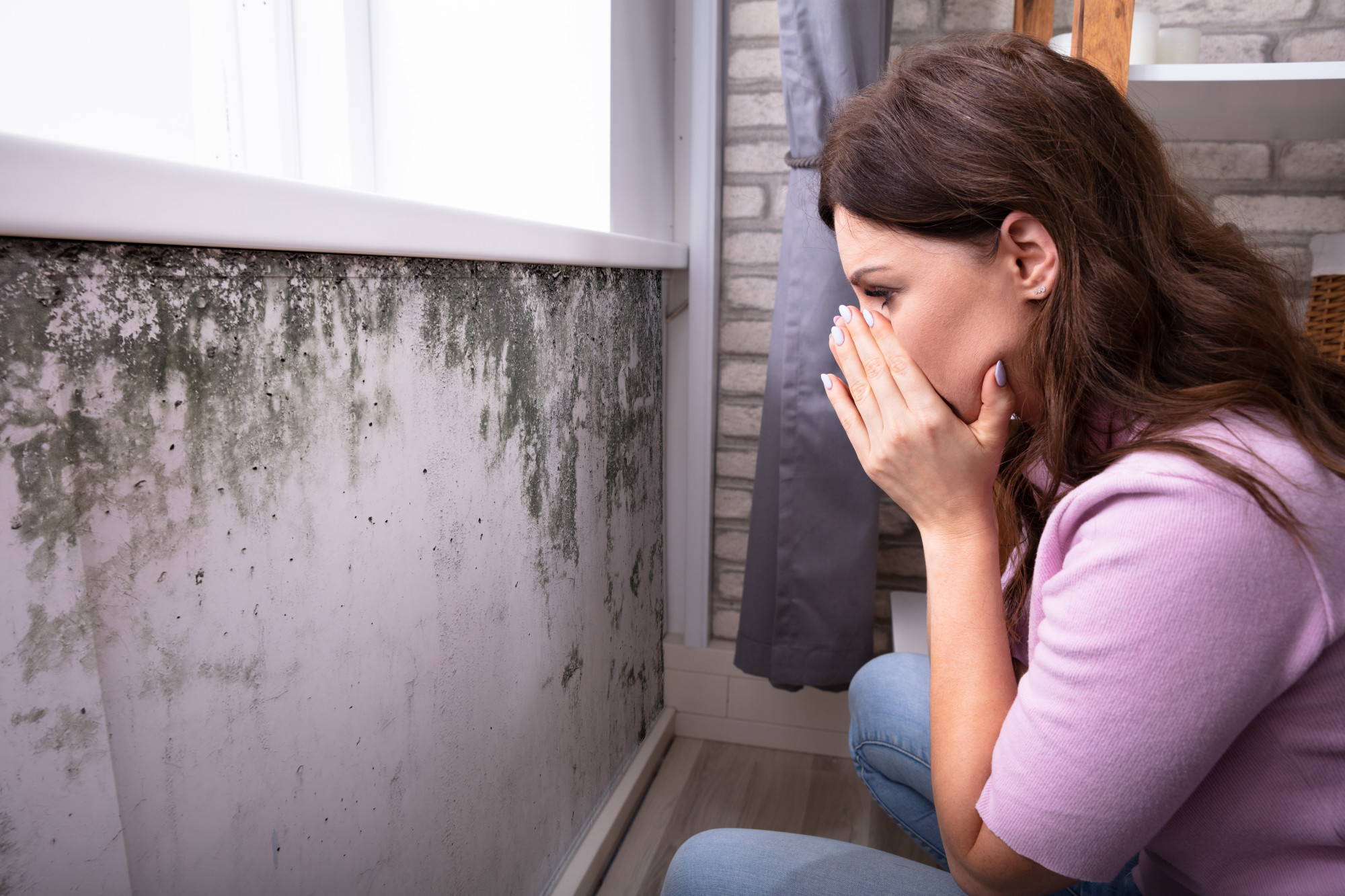Mold is everywhere, and it’s not always obvious! You can find mold in walls, in paint, even inside large pieces of furniture.
Mold is a fungus that grows best in cool places with lots of moisture. If left untreated it can become a serious problem for the structural integrity of your house, and dangerous for your physical health.
But don’t start panicking yet!
There are ways to detect mold so you can treat it before it gets too dangerous. Keep reading to find the five most common signs of it.
1. Health Problems
The presence of mold can be indicated by a range of health problems that seem to come out of nowhere and never go away. Short-term exposure to mold isn’t usually a problem, but ongoing exposure or ingestion of mold spores can lead to serious health complications.
The three most common health problems are allergies, skin problems, and eventually lung problems.
If you notice that you or your family members are suffering from these health issues, and they don’t seem to get better, you may have mold in your house.
2. Musty Odors
Do certain rooms in your house always have a weird damp smell that, no matter how much you clean?
You’ve probably got mold growing somewhere in the room, somewhere inaccessible that isn’t being cleaned regularly.
The stronger the smell, the more mold there is. Always take note when there are damp smells that never seem to go away, and see if you can find the source.
3. Water Damage
This one doesn’t come as much surprise – mold loves moisture! If you’ve suffered water damage, your space is much more likely to have excess moisture, which means it’s easier for mold to grow.
Remember, water damage doesn’t only mean flooding or burst pipes. Any unplugged leak or ongoing dampness can lead to water damage, and create the perfect environment for mold to grow. Mold in the bathroom is one of the most common places you’ll find it because it’s usually the dampest room.
If you do get flooding or water damage, it is important to get that water extracted professionally to make sure your chance of mold growing afterwards is reduced.
4. Damage to Walls
When it comes to walls, the mold itself might not always be visible. But, there are a few ways you can know it’s there.
While walls can get damaged from many things that might not be mold, if there are patterns of stains in damp spots, or you notice bubbling of the paint, it might be time to test for mold.
5. Rust
Another thing that can result from too much moisture in the environment is rust.
If you notice rust appearing inside your house, chances are you’ve got mold growing somewhere too.
What if You Find Mold in Walls or Furniture Around Your House?
If you’ve got mold in walls or furniture around your house, don’t panic! There are lots of people who have had this problem, and there are lots of things that can be done.
If you’ve got mold growing in your house and would like professional mold removal services, contact us.

